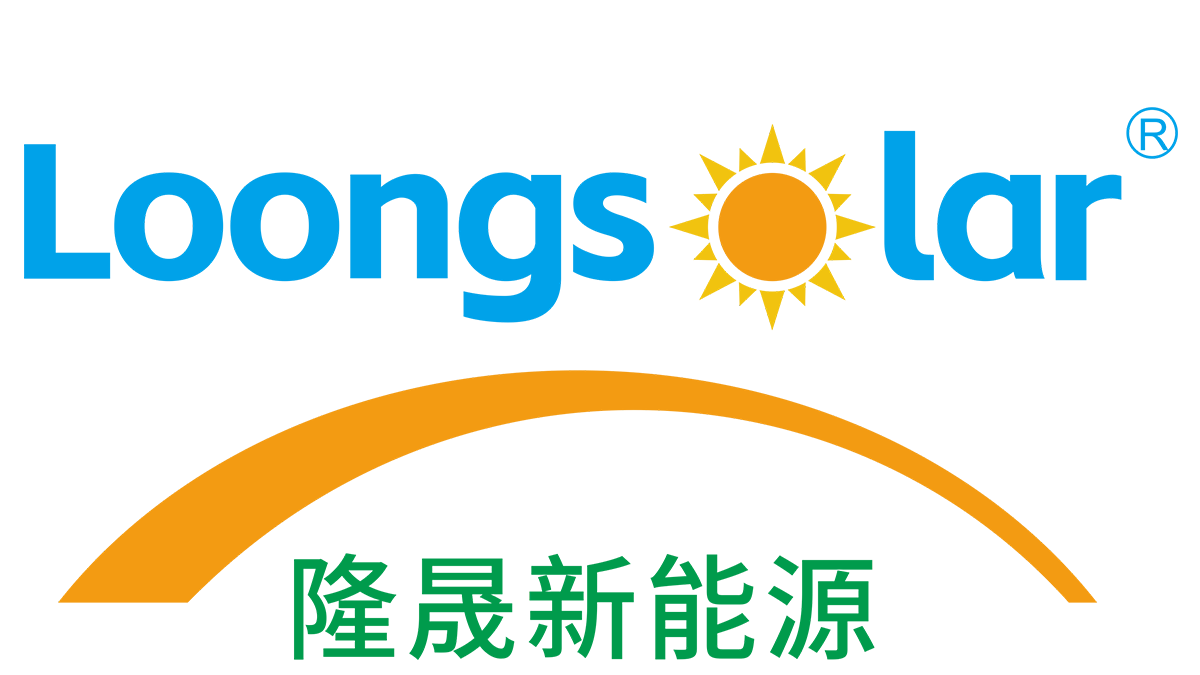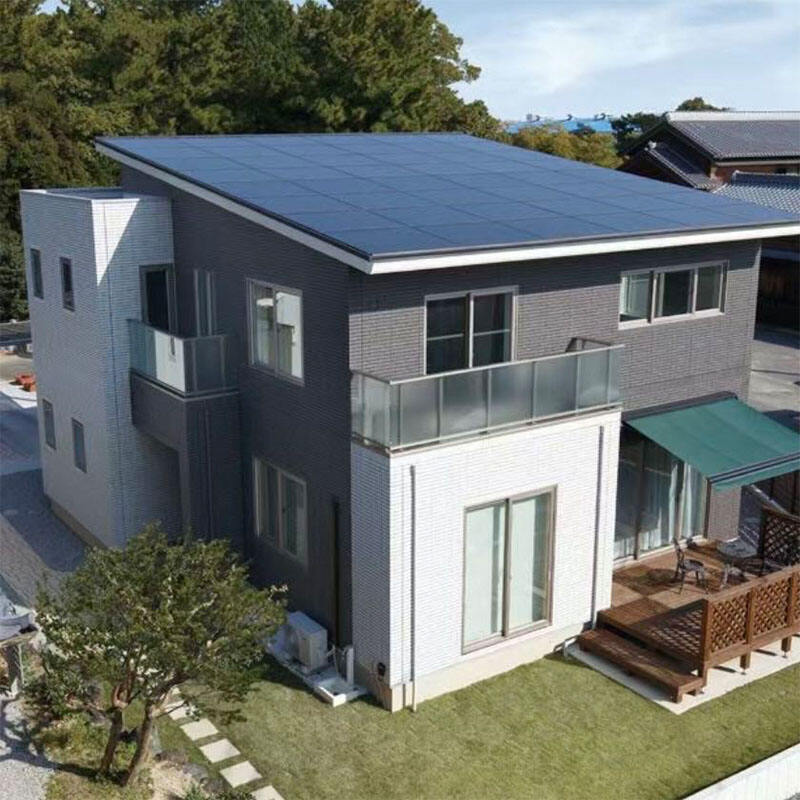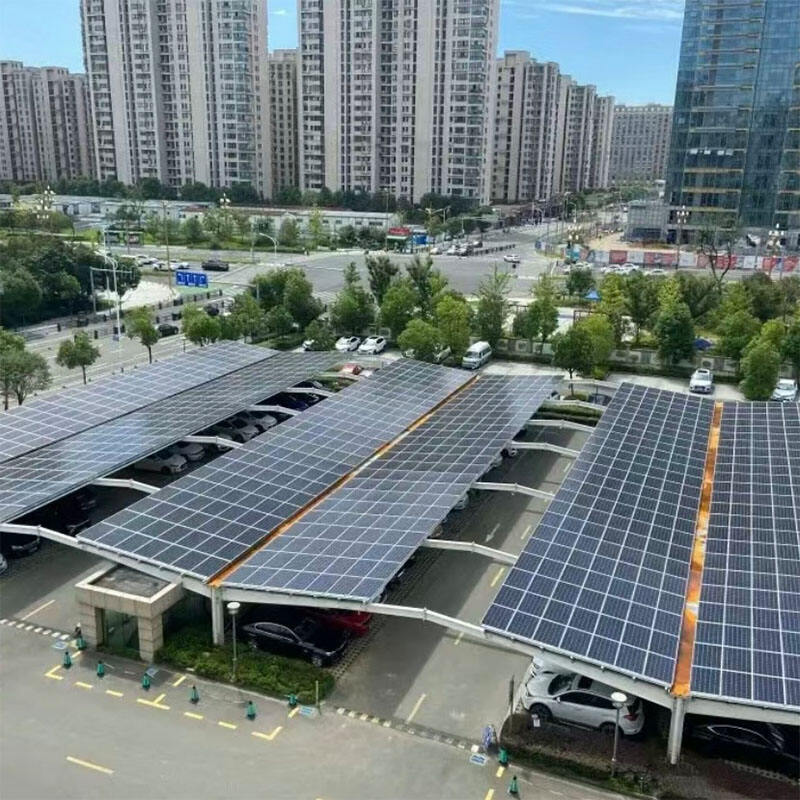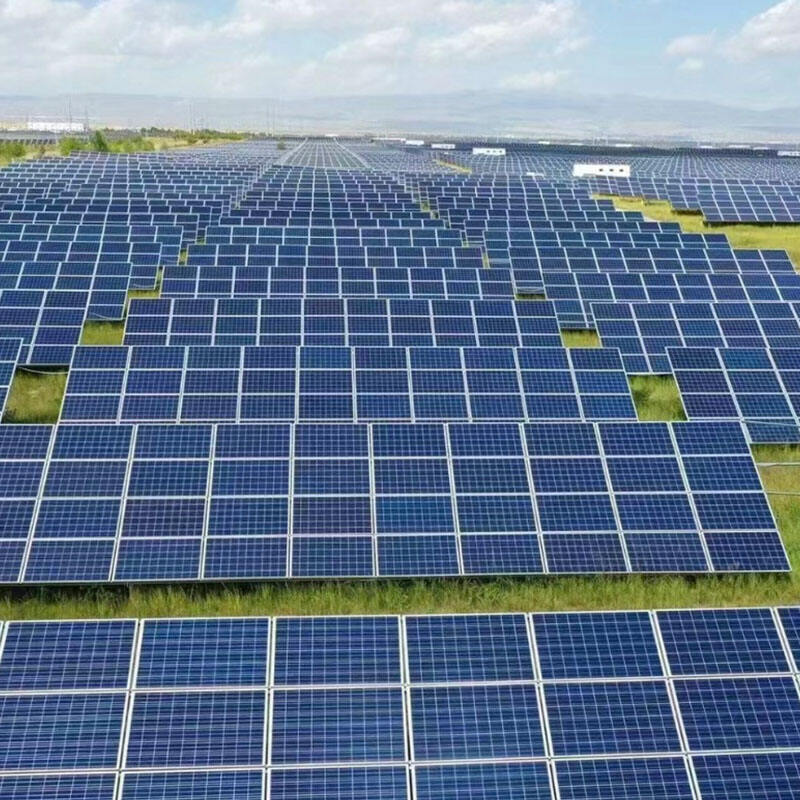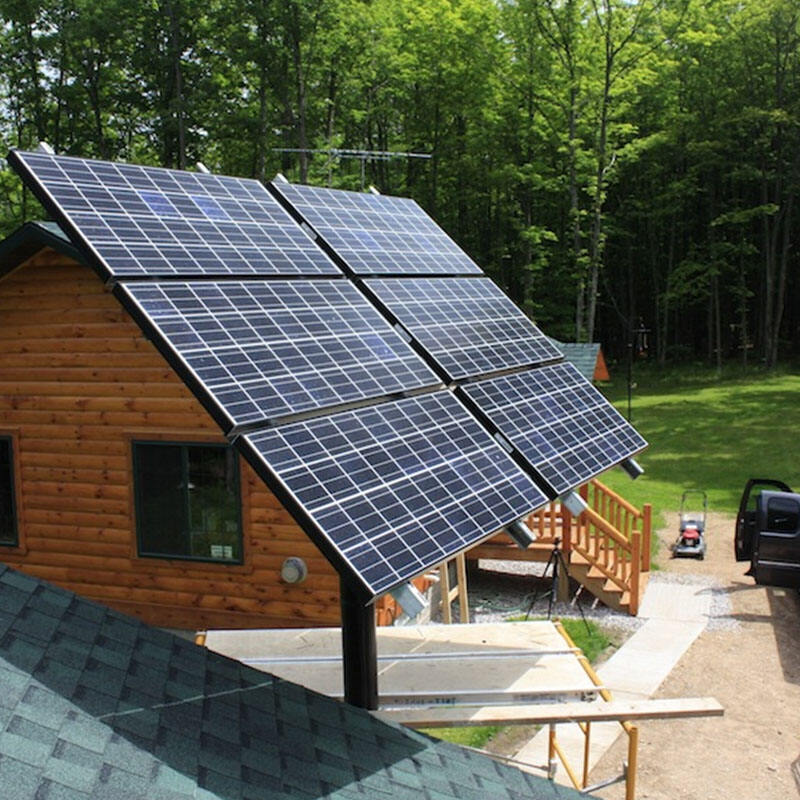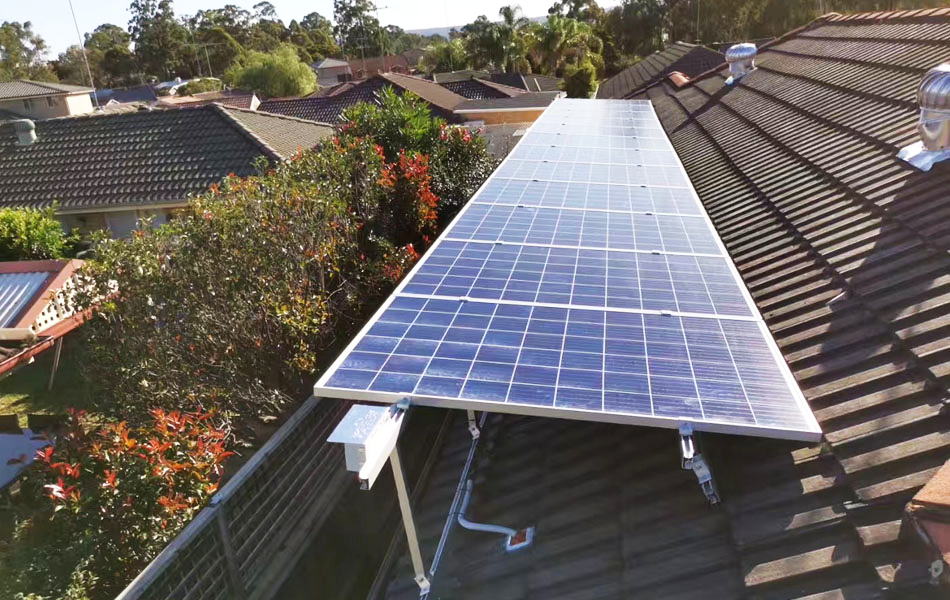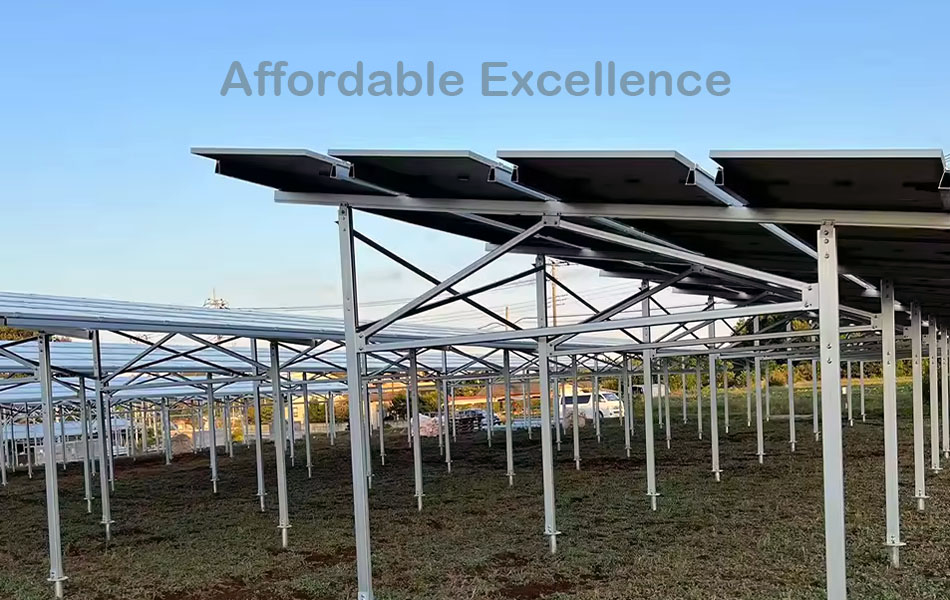Enhancing Efficiency with Advanced Solar Mounting Systems
The solar energy industry has seen significant advancements in recent years, particularly in the technology and systems used to install solar panels. Among these innovations, advanced solar mounting systems have emerged as a crucial component in improving the efficiency and effectiveness of solar energy projects. These systems not only simplify the installation process but also enhance the overall performance and durability of solar panels, making them an indispensable part of any solar energy project.
The Role of Solar Mounting Systems in Solar Energy Efficiency
Solar mounting systems play a critical role in ensuring that solar panels are positioned and secured in a way that maximizes their exposure to sunlight. The efficiency of a solar panel system heavily depends on the precision and stability of its installation. Advanced mounting systems are designed to provide the optimal tilt and orientation for panels, ensuring they capture the maximum amount of solar radiation throughout the day and across different seasons. By optimizing the angle and positioning, these systems significantly improve the overall energy yield of a solar installation.
Innovations in Solar Mounting Systems
Recent innovations in solar mounting systems have focused on making the installation process more efficient while also increasing the structural integrity of the installations. For example, some of the latest systems feature pre-assembled components that reduce the time and complexity involved in setting up solar arrays. This modular approach not only speeds up installation but also minimizes the potential for errors that could affect the system's performance. Additionally, the use of high-strength materials, such as aluminum alloys and stainless steel, ensures that these systems can withstand harsh environmental conditions, extending the lifespan of the solar panels.
Another notable innovation is the development of tracking systems that allow solar panels to follow the sun’s movement across the sky. These dynamic mounting systems can increase energy production by up to 25% compared to fixed-tilt systems, making them a highly attractive option for large-scale solar projects. While these systems are more complex and require a higher initial investment, the increase in energy production and the associated return on investment can outweigh the additional costs.
Cost-Effectiveness and Long-Term Benefits
One of the primary considerations for any solar project is the cost-effectiveness of the components and systems used. Advanced solar mounting systems may have a higher upfront cost compared to traditional systems, but they offer significant long-term benefits that can lead to substantial savings. The efficiency gains from optimized panel positioning and the durability of the materials used in these systems reduce maintenance costs and extend the operational life of the solar installation. For businesses and homeowners alike, this translates into lower overall costs and a higher return on investment over the lifetime of the solar energy system.
Furthermore, the ease of installation associated with advanced mounting systems reduces labor costs and project timelines. For large-scale solar farms, this means faster deployment and quicker access to renewable energy production. In residential applications, homeowners can benefit from quicker installations with minimal disruption to their daily lives.
Adapting to Different Environments and Applications
Advanced solar mounting systems are designed to be versatile and adaptable, making them suitable for a wide range of environments and applications. Whether it’s a rooftop installation in an urban setting, a ground-mounted system in rural areas, or specialized installations in challenging terrains, these systems can be customized to meet specific site requirements. This adaptability ensures that solar panels are securely and efficiently installed, regardless of the complexity of the site.
Moreover, these systems are engineered to comply with local building codes and regulations, ensuring that installations are safe and meet all necessary standards. This compliance is particularly important for international markets, where regulations can vary significantly from one country to another. By choosing advanced solar mounting systems, businesses and homeowners can be confident that their solar installations will not only perform well but also meet all necessary regulatory requirements.
Conclusion
Advanced solar mounting systems are a key component in the ongoing evolution of the solar energy industry. By enhancing installation efficiency, improving energy yield, and providing cost-effective solutions, these systems are helping to make solar energy more accessible and sustainable for a wide range of applications. As the demand for renewable energy continues to grow, the innovations in solar mounting technology will play an increasingly important role in the success of solar projects around the world.
